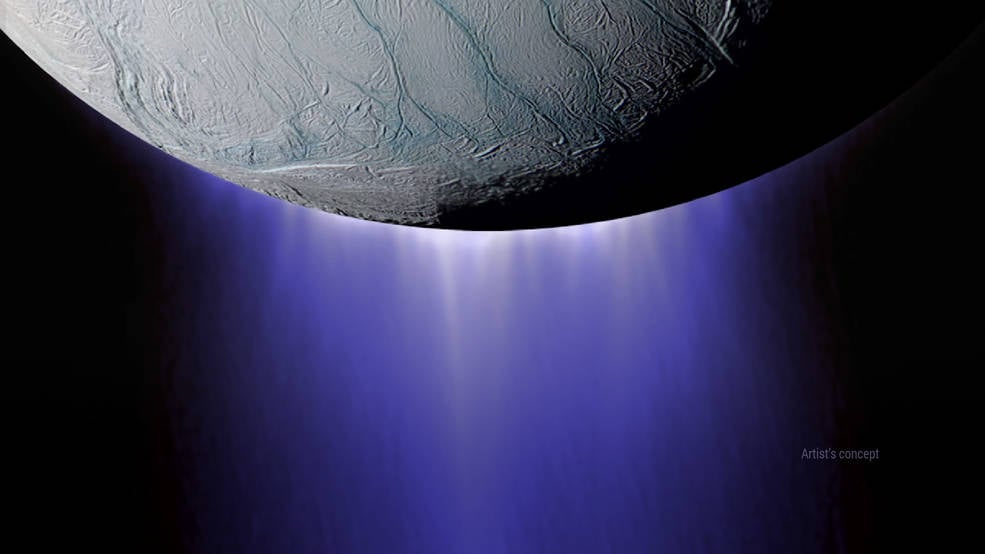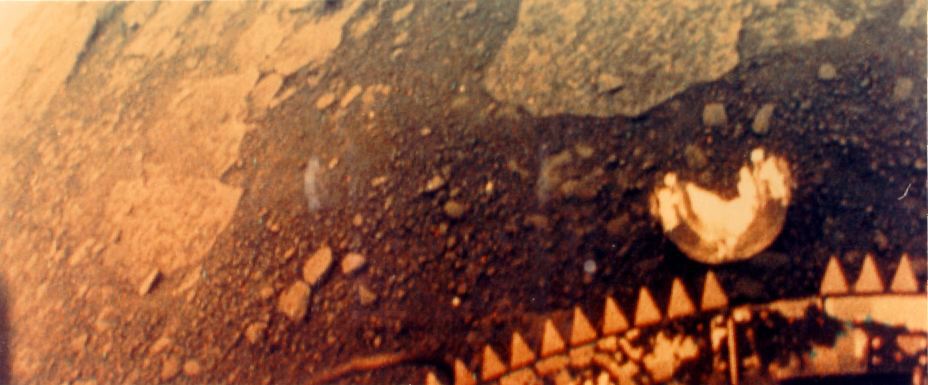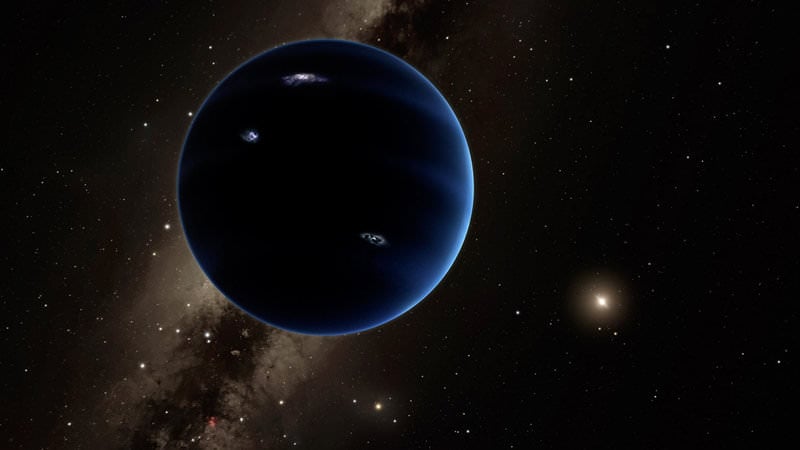
A NASA-led team of researchers created a simulation that demonstrates what the Nancy Grace Roman Space Telescope will see.
Continue reading

Solar Orbiter's unique vantage point recently allowed researchers to make a crucial observation, of the solar system's innermost world.
Continue reading

An international team of astronomers spotted a young, massive star orbiting very close to Sagittarius A*, which was previously thought to be impossible.
Continue reading

New research from UCLA's Galactic Center Group has found an explanation for the mysterious "blob" (X7) at the center of the galaxy.
Continue reading

The cosmic web is filled with magnetic fields, and we are starting to observe them at last.
Continue reading

Two teams independently discovered a super-Jupiter around a nearby Sun-like star using astrometry and direct imaging.
Continue reading

The CARMENESE Consortium just released the first collection of data, which revealed 59 new exoplanets and doubled the number of known planets around Red Dwarf suns.
Continue reading

A new NASA study shows how samples obtained by Perseverance could have been shaped by asteroid impacts when Mars was young.
Continue reading

A new study shows that carbonaeous dust grains existed much earlier than previously thought, which has significant implications for galactic evolution.
Continue reading

A new study shows how electrical discharges caused by Martian storms drives some major chemical processes on the planet's surface.
Continue reading

The two brightest planets pass less than half a degree apart at dusk on the night of March 1st.
Continue reading

New observations have revealed that all four of Jupiter's largest moons have aurorae, and they are spectacular!
Continue reading

















































